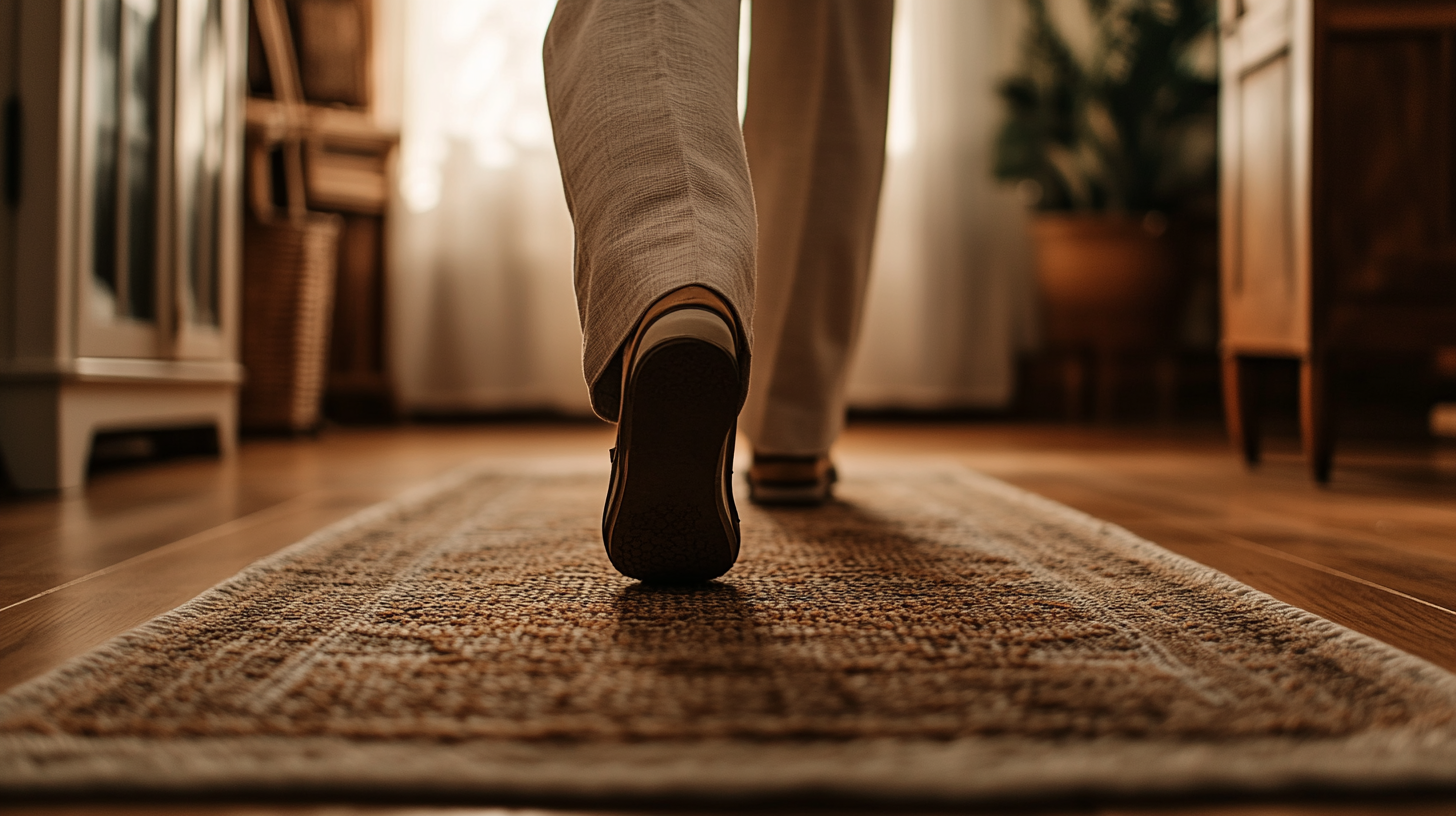Stroke recovery isn’t just about survival—it’s about reclaiming independence, dignity, and quality of life.
If you’ve ever seen a loved one go through the aftermath of a stroke, you know how overwhelming the journey can be. Suddenly, simple tasks like getting dressed, making a cup of coffee or even speaking a full sentence become uphill battles.
The good news? Recovery is possible. And the best shot at regaining mobility, speech, and daily function comes from two key things: a strong rehabilitation plan and the right care at home.
Let’s break down why stroke rehab is non-negotiable and how live-in care can be a game-changer in the recovery process.
The Reality of Stroke Recovery
A stroke happens when blood flow to the brain is interrupted, damaging brain cells and leading to issues with mobility, speech, memory, and even personality changes. No two-stroke recoveries are the same. Some people regain function quickly, while others may take months or years.
The brain is incredibly adaptable, though. It can rewire itself—a process called neuroplasticity—but only with consistent therapy and proper support at home.
Here’s where rehabilitation and live-in care come into play.
Why Rehabilitation Is the Key to Recovery
Think of stroke rehab as a physical and mental boot camp for the brain and body. It’s not just about getting stronger—it’s about retraining the brain to do everyday tasks again.
The Three Core Pillars of Stroke Rehab
- Physical Therapy (PT) – Helps with balance, coordination, and regaining muscle strength. If your loved one struggles to walk, move their arms, or sit up straight, PT is essential.
- Occupational Therapy (OT) – Focuses on relearning essential daily tasks, like dressing, eating, writing, or even using a smartphone. This is the therapy that helps stroke survivors regain their independence.
- Speech Therapy (ST) – Many stroke survivors struggle with speaking, swallowing, or understanding language. Speech therapy can rebuild communication skills and prevent dangerous issues like choking.
The sooner rehab starts, the better the outcome. Studies show that beginning therapy within 24-48 hours after a stroke can lead to significantly better recovery outcomes. However, the real challenge starts when a patient leaves the hospital.
That’s where live-in care makes a huge difference.
Why Live-in Care Is a Game Changer for Stroke Recovery
Recovering from a stroke isn’t a part-time job. It requires round-the-clock care, patience, and a safe environment—things that family members often struggle to provide on their own.
A live-in caregiver offers:
✅ 24/7 Support – Whether it’s helping with mobility, meal prep, or medication reminders, a caregiver ensures the stroke survivor is safe at all times.
✅ Rehab Reinforcement – A live-in caregiver can assist with daily physical therapy exercises, ensuring the patient sticks to their rehab plan.
✅ Fall Prevention – Stroke survivors are at high risk of falls, which can lead to devastating setbacks. Caregivers help with transfers, walking, and navigating the home safely.
✅ Assistance with Speech Therapy Exercises – Many stroke survivors struggle with communication. Caregivers can practice speech exercises with them, improving confidence and recovery.
✅ Help with Emotional Well-being – Depression and anxiety are common post-stroke. Having a supportive presence at home reduces feelings of isolation and frustration.
✅ Caregiver Respite for Families – Let’s be real—taking care of a stroke survivor is exhausting. A live-in caregiver gives family members a break while ensuring their loved one is in capable hands.
Live-in Care vs. Nursing Homes: What’s the Best Option?
Many families assume a nursing home or rehab facility is the best choice for stroke recovery. But is it?
| Factor | Live-in Care at Home | Nursing Home/Rehab Facility |
|---|---|---|
| Personalized Care | ✅ One-on-one attention | ❌ Shared staff, less individualized |
| Familiar Environment | ✅ Comfort of home | ❌ Unfamiliar, institutional setting |
| Flexibility | ✅ Care tailored to changing needs | ❌ Strict schedules, less adaptability |
| Cost | 💰 Can be more affordable long-term | 💰 High monthly fees (often $7K+) |
| Emotional Well-being | ✅ Family and pets nearby | ❌ Can feel isolating and depressing |
For many stroke survivors, staying at home with live-in care offers a better quality of life, more personalized attention, and a faster recovery.
Making the Home Stroke-Friendly
If your loved one is recovering at home, modifying the environment is essential. A live-in caregiver can help ensure:
- No trip hazards – Rugs, cords, and clutter should be removed to prevent falls.
- Bathroom safety – Installing grab bars and using a shower chair reduces accident risks.
- Easier mobility – Adjustable beds and recliners help stroke survivors move comfortably.
- Proper nutrition – A caregiver ensures meals are stroke-friendly, reducing sodium and increasing brain-boosting foods.
The Road to Recovery: Patience, Progress, and Persistence
Recovery doesn’t happen overnight. It’s a marathon, not a sprint. Live-in care + consistent rehabilitation = the best chance for a full recovery.
If you’re considering live-in care for a stroke survivor, look for a short-term caregiver with experience in rehabilitation, mobility support, and stroke care. This ensures they can actively assist in recovery rather than just offering basic assistance.
With the right care, support, and commitment, stroke survivors can regain their independence, confidence, and quality of life.
Final Thoughts
A stroke is life-changing—but it doesn’t have to define someone’s future. With a strong rehab plan and the right home care, recovery is not just possible; it’s probable. If your loved one is on the road to stroke recovery, investing in live-in care could be the best decision you make for their health, happiness, and future independence.
Would you consider live-in care for a stroke survivor in your family? Share your thoughts below!



